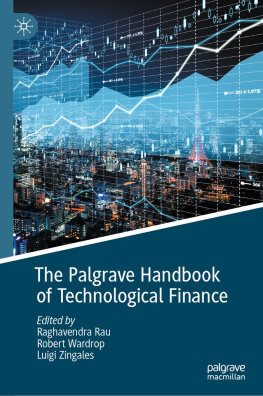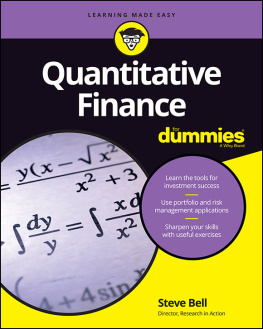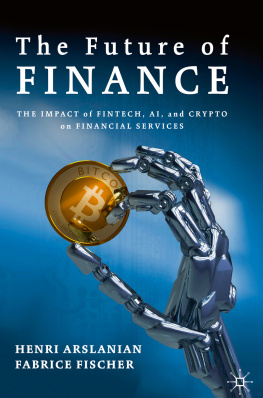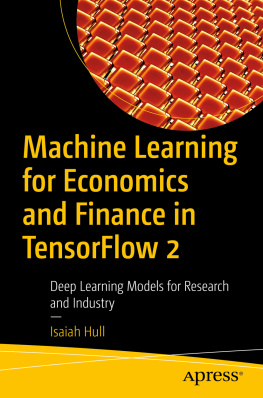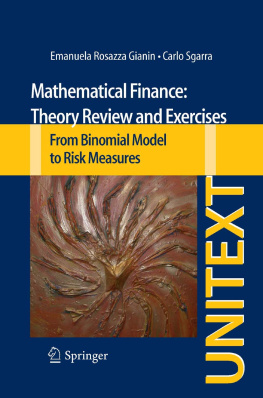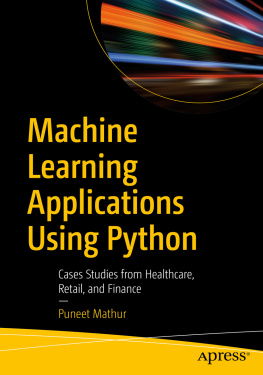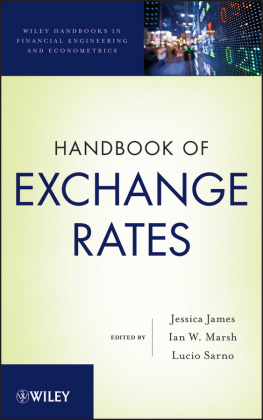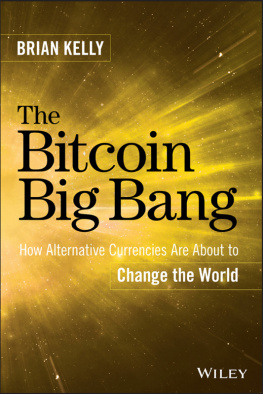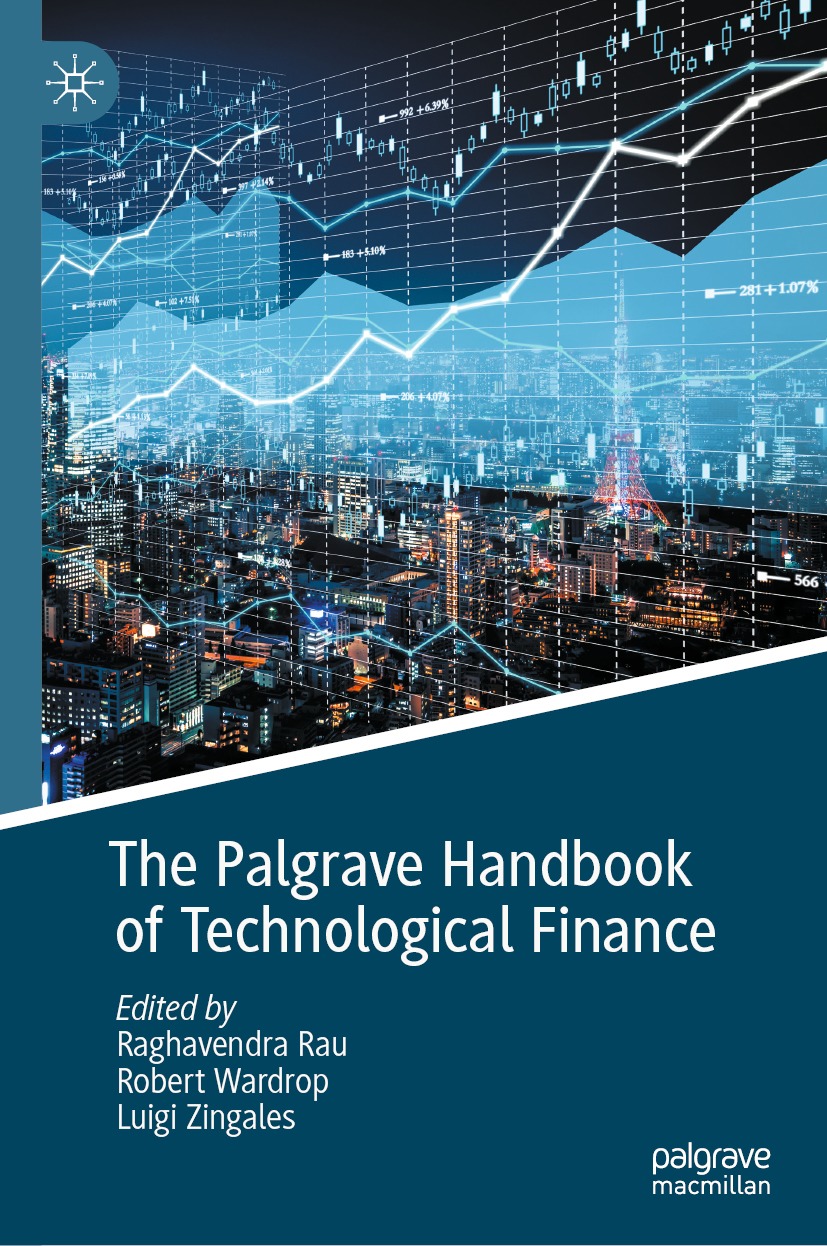Editors
Raghavendra Rau
University of Cambridge, Cambridge, UK
Robert Wardrop
University of Cambridge, Cambridge, UK
Luigi Zingales
University of Chicago Booth School of Business, University of Chicago, Chicago, IL, USA
ISBN 978-3-030-65116-9 e-ISBN 978-3-030-65117-6
https://doi.org/10.1007/978-3-030-65117-6
The Editor(s) (if applicable) and The Author(s) 2021
This work is subject to copyright. All rights are solely and exclusively licensed by the Publisher, whether the whole or part of the material is concerned, specifically the rights of translation, reprinting, reuse of illustrations, recitation, broadcasting, reproduction on microfilms or in any other physical way, and transmission or information storage and retrieval, electronic adaptation, computer software, or by similar or dissimilar methodology now known or hereafter developed.
The use of general descriptive names, registered names, trademarks, service marks, etc. in this publication does not imply, even in the absence of a specific statement, that such names are exempt from the relevant protective laws and regulations and therefore free for general use.
The publisher, the authors and the editors are safe to assume that the advice and information in this book are believed to be true and accurate at the date of publication. Neither the publisher nor the authors or the editors give a warranty, expressed or implied, with respect to the material contained herein or for any errors or omissions that may have been made. The publisher remains neutral with regard to jurisdictional claims in published maps and institutional affiliations.
Cover credit: MarsYu
This Palgrave Macmillan imprint is published by the registered company Springer Nature Switzerland AG
The registered company address is: Gewerbestrasse 11, 6330 Cham, Switzerland
Preface
Finance has always taken advantage of technological innovation. No sooner had the telegraph been invented than traders were using it to arbitrage the price of stocks across cities. With the telephone, came the first forms of home banking. The introduction of computers transformed stock exchanges from overcrowded and loud pits to silent rooms filled with microprocessors. Yet, for most of the last two millennia, technological innovation has only allowed finance to do roughly what had been done before, though it has allowed us to do the same things better, faster, and more cheaply. The loans granted in the 1990s were not so different from the loans described in the Hammurabi code (1754 BCE) nor was it different the way those loans were granted almost four millennia later.
To be sure, technological innovation in finance has allowed financial transactions to be carried out at scale. At the end of the last decade of the twentieth century, for example, enormous amounts of money were wired daily around the world, credit and charge cards became the standard form of payment around most of the developed world, and credit started to be granted with credit score models. Still, international wire transfers were just a faster version of the letters of credit used during the Crusades. Credit card payments were a more sophisticated version of store credit, present since stores were invented. Even the most advanced credit score models resemble very closely the way yesteryear bankers were granting credit: they use the same qualitative and qualitative variables. In other words, technology reduced the cost of collecting and processing information, but it did not substantially change the business of making payments and loans nor did it eliminate the essential frictions these involved, from adverse selection to moral hazard. A loan at the time of Hammurabi faced roughly the same moral hazard and adverse selection risk of a loan at the time of George Bush.
Not only did technological progress in the past not disrupt the way finance was done, it did not disrupt the existing financial institutions, which were the only institutions with the scale and resources to apply these innovations first. Thanks to the telegraph, stock exchanges became more efficient. Thanks to automated tellers, incumbent banks were able to reach every corner of the earth. Thanks to computers, large trading houses could reduce the cost of trading to a fraction of what it used to be.
At the beginning of the third millennium, however, the confluence of three major innovations has started to revolutionize the way finance is conducted. The first is the widespread introduction of sensor technology beginning with the first smartphone, the iPhone, in 2007. Thanks to smartphones, todays average individual has at her fingertips thousand times more computing power than was necessary to send man to the moon, more information than the best library used to contain, and more communicating power than any propaganda machine ever dreamed of possessing. More importantly, smartphones convinced most human beings to wear tracking devices, once reserved only for convicted felons on parole. Not only is it now possible to know whom we have talked to, but also where we have been, near whom, and for how long. Smartphones can track what searches we carried out, what books we bought, what vacations we shopped for, what dreams we have, and which diseases we fear to have. The latest iterations of smart devices add biometric information to the mix. These allow phones to capture additional information that we may not know ourselves. The smartphone knows when you are stressed, when you are low on sugar, and when you like a person of the same or opposite sex. In so doing, smartphones have enabled a degree of constant surveillance, a panopticon, that even Bentham or Orwell would have struggled to conceive. While this surveillance poses very serious political problems, it does create enormous opportunities to eliminate the frictions of financing.
These frictions are largely related to the asymmetry of information. Adverse selection and moral hazard problems are intrinsically linked to the inability to observe some individual characteristics or some actions, respectively. In fact, adverse selection used to be called 'hidden information' and moral hazard 'hidden actions'. If neither information nor actions can be hidden, the financing frictions related to the asymmetry of information, which have dominated the finance literature for the better part of the second half of the twentieth century, are eliminated.
In addition, smartphones have also reduced, if not eliminated the cost of coordination. All human exchange requires some degree of coordination. A buyer needs to find a willing seller and vice versa. From the Roman Forum to the Middle Age fair, this coordination has been resolved through the creation of physical places where people could meet. Geographical distance, however, constituted a major impediment to the liquidity of those markets, as it did the cost of spending the better part of a working day waiting for the counterparty to show up.
To facilitate the matching of buyers and sellers and create liquidity, financial institutions also created standardized contracts. Commodity futures contracts, for example, carefully specify what has to be delivered, when it should be delivered, and where it should be delivered. If the contracts on offer do not match the buyers specific needs, the buyer has to incur basic risk.

